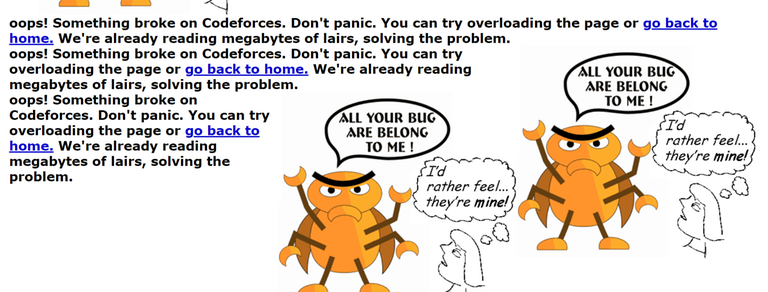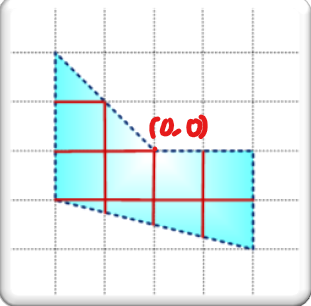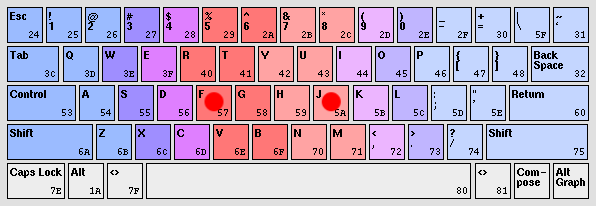Given $$$n, a, b$$$ are all positive numbers $$$(1 \le a, b, n \le 10^{18})$$$.
Count how many numbers from $$$1$$$ to $$$n$$$ that can be represented as $$$a\times x + b\times y$$$ with $$$x,y \ge 0$$$ are arbitrarily non-negative integers.
I only know a $$$O(\sqrt{n})$$$ algorithm.
Thanks.
















